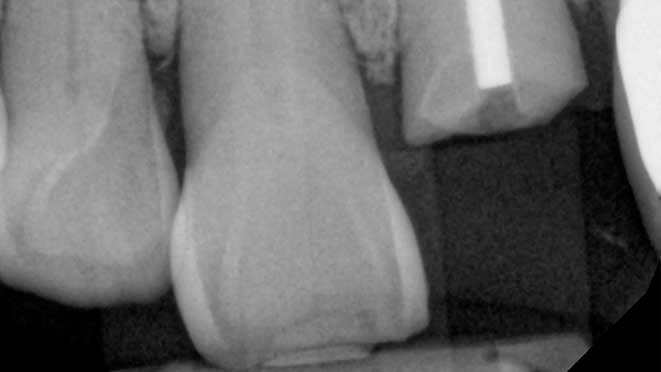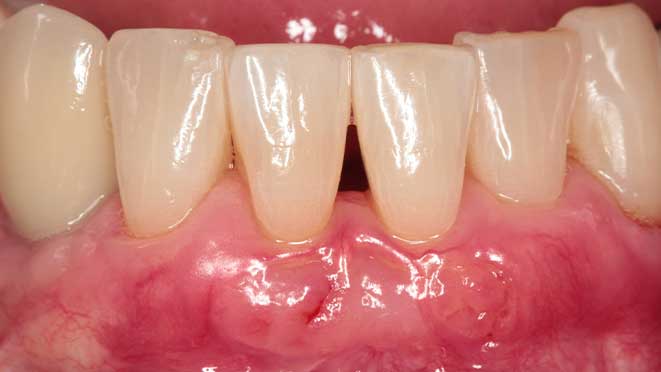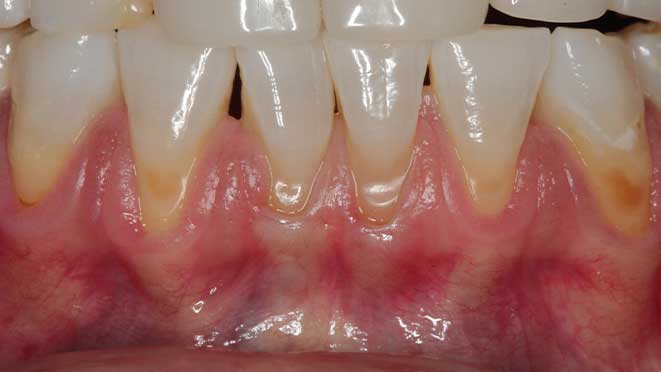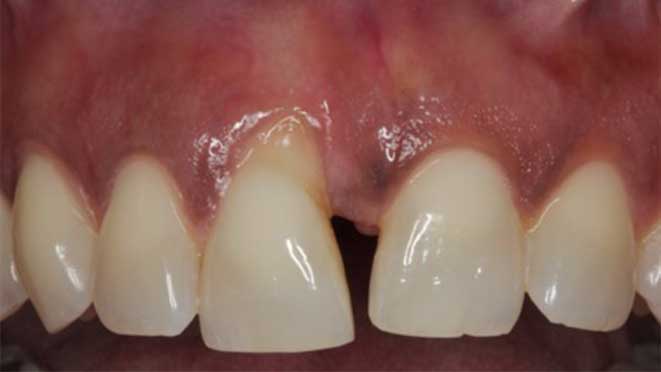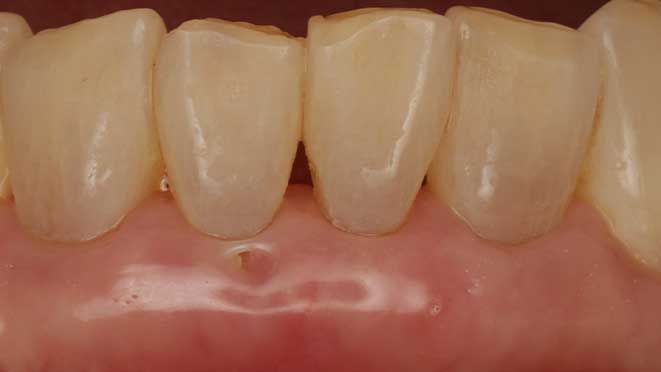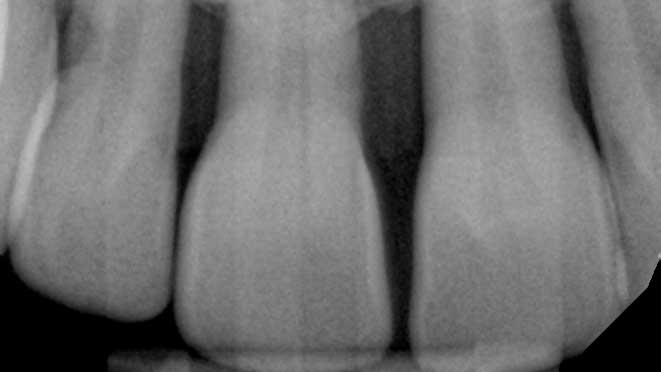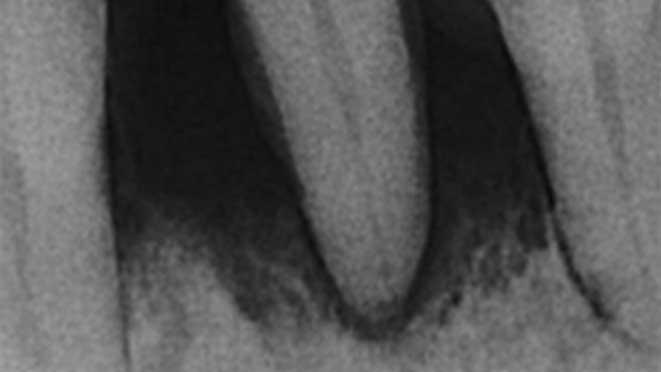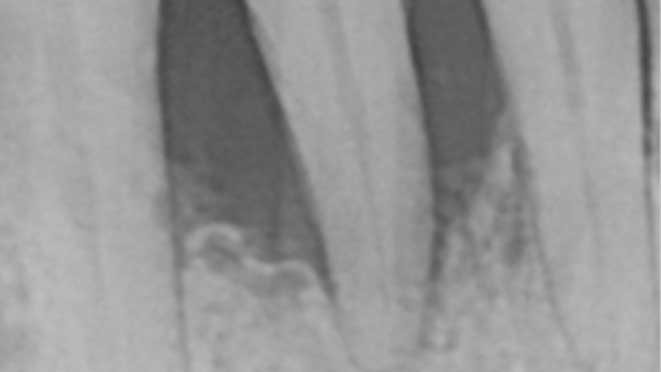Causes of Gum Recession:
There are several causes of gum recession. Some of them include:
Periodontal Disease: Periodontal disease is caused by bacteria that attack the gums and tissues in the mouth, resulting in inflammation and damage to the gum tissue and bone structure.
Genetics: Genetics can predispose you to gum recession, making you more susceptible to this dental condition.
Improper Tooth Brushing Routine: An improper tooth brushing routine can be detrimental to your gums and teeth, causing them to wear away, leading to gum recession.
Poor Dental Hygiene: Failing to maintain proper dental hygiene can cause bacteria to thrive, leading to gum disease and ultimately gum recession.
Hormonal Changes: Hormonal changes such as those experienced during pregnancy can cause gum inflammation, which can lead to gum recession.
Use of Tobacco Products: Tobacco users have an increased risk of gum disease, which can cause gum recession.
Grinding or Clenching of Teeth: Grinding or clenching of teeth puts pressure on the teeth, which can cause gum recession.
Crooked Teeth or Bite Misalignment: Crowded or misaligned teeth can lead to an uneven distribution of pressure, causing gum recession.
Body Piercing: Tongue or lip piercings can continuously rub against the gum tissue, causing it to wear away, leading to gum recession.
Signs and Symptoms of Gum Recession:
Here are a few signs and symptoms that you should look out for if you suspect that you are suffering from gum recession:
Visible Gum Tissue: If you notice that your gums have started to wear away, revealing more of your teeth, it is a sign that you may be developing gum recession.
Sensitive Tooth Root: Tooth sensitivity is common when you are suffering from gum recession. This sensitivity occurs when the tooth root is exposed, leading to extreme sensitivity to hot or cold temperatures.
Longer Teeth Appearance: If your teeth appear longer than usual, it is a sign that your gums are receding.
Changes in Bite: Changes in your bite, such as teeth shifting or spacing, can be a sign of gum recession.
Loose Teeth: Gum recession can cause the teeth to become loose, which can lead to tooth loss if left untreated.
Treatment Options for Gum Recession:
Fortunately, gum recession is treatable. If you have gum recession, your dentist may recommend one of the following treatment options:
Pocket Depth Reduction: This treatment involves folding back the gum tissue to remove bacteria and promoting the regeneration of gum tissue.
Regeneration: This treatment involves regenerating lost gum tissue and bone structure to restore your teeth' support.
Soft Tissue Grafts: This treatment involves taking soft tissue from another part of your mouth and attaching it to the area of recession to help regenerate new gum tissue.
Prevention of Gum Recession:
The best way to prevent gum recession is to practice good oral hygiene, get regular dental check-ups, eat a healthy diet, and monitor any changes in your mouth.
Proper Oral Hygiene Practices: Maintaining a proper brushing and flossing routine is essential to good oral hygiene and preventing gum recession. Brushing your teeth twice a day, and flossing daily can help keep your gums and teeth healthy.
Regular Dental Check-Ups: Regular dental check-ups allow your dentist to identify any dental problems promptly and start appropriate treatment.
Healthy Diet: Eating healthy foods that are rich in vitamins and minerals is essential for maintaining healthy gums and teeth.
Monitor Changes in the Mouth: Regularly inspect your gums and teeth for any changes and report any issues to your dentist.
In Conclusion:
Maintaining healthy gums is essential for overall dental health. Gum recession is a common dental problem that can lead to tooth loss if left untreated. The good news is that it is preventable and treatable. Proper oral hygiene practices, regular dental check-ups, and a healthy diet go a long way in preventing this condition. If you notice any signs or symptoms of gum recession, consult your dentist immediately for proper diagnosis and treatment. Remember, prevention is always better than cure!




